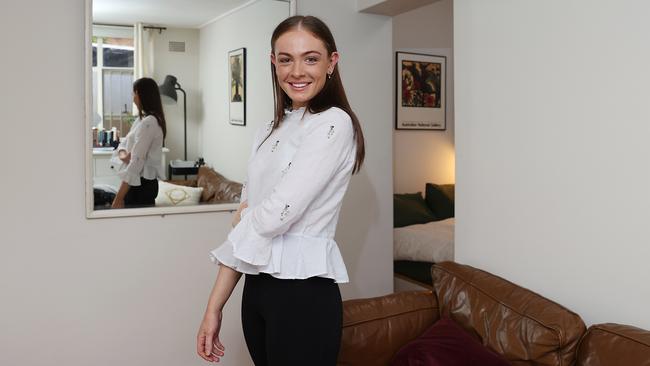Households tighten belt further after interest rate rise
While homeowners are likely to welcome the smaller-than-expected increase to their mortgage repayments, many will have to adjust spending habits to avoid falling into stress.

While homeowners are likely to welcome the smaller-than-expected increase to their mortgage repayments, many will have to adjust spending habits to avoid falling into stress.
Assuming Tuesday’s decision by the Reserve Bank to lift the cash rate by 0.25 is passed on to mortgage holders in full, the average variable loan for a new owner-occupier could rise to a rate of about 4.76 per cent, almost double the 2.4 per cent achievable in April.
This swift change will be the fastest increase many have experienced. The last time mortgage rates rocketed at a similar pace was back in 1994.
Although RateCity estimates repayments on a $750,000 mortgage have increased by $1030 so far this year, PropTrack economist Paul Ryan does not believe the number of mortgage holders feeling stressed about meeting their obligations has risen significantly.
“Yes, it’s going to be a challenging period for pretty much all mortgage holders, trying to find the additional money to make repayments, but the absolute vast majority of people will be able to meet higher mortgage repayments,” Mr Ryan said.
An estimated $29.8bn worth of fixed-rate mortgages are set to expire by the end of this year and take mortgage holders to variable rates above 5 per cent, according to loan comparison site Finder.
Those who took out new loans in the past year were assessed to ensure they would be able to service the repayments should a rise of 2.5 per cent or 3 per cent occur.
“Although we are getting close to absorbing this buffer, these are the types of shocks that households are actually reasonably good at responding to because they have control,” Mr Ryan said. “We’re in a situation where the unemployment rate is the lowest in 48 years. Their problem now is an expense problem.
“They’ve got mortgage repayments going up and they have to do without some other components of their budget.”

RBA analysis shows a little more than one-third of households will see no change to their payments with a 3 per cent change as they are already paying more than necessary.
But AMP chief economist Shane Oliver said they still would be worse off because they would be paying down debt more slowly. “It also shows that more than a third of households with a mortgage will see a greater than 40 per cent increase (in) payments,” he said.
“This is about 1.3 million households and would cover those most likely to have to cut back their spending, ie new homeowners, often with a young family.”
When Genevieve Neich, 25, purchased her apartment in the Sydney suburb of Mosman in April last year, she fixed part of her loan at then-record loan rates. She is paying double her minimum repayment but has noticed the increase in the variable portion.
“I am in a very privileged spot at the moment,” said Ms Neich. “That said, I have looked down the path of a second income. I’m not stressed but there is the potential. What we are seeing now is definitely not the worst of it.”
CoreLogic head of research Eliza Owen says once the cash rate reaches a peak, we also may see a floor in the housing market downturn, especially given buyers’ borrowing capacity also is affected. “A lacklustre start to the spring selling season … makes clear the impact of rising rates on buyer demand, with further mortgage rate rises through October likely to place additional downward pressure on the housing market,” she said.




To join the conversation, please log in. Don't have an account? Register
Join the conversation, you are commenting as Logout